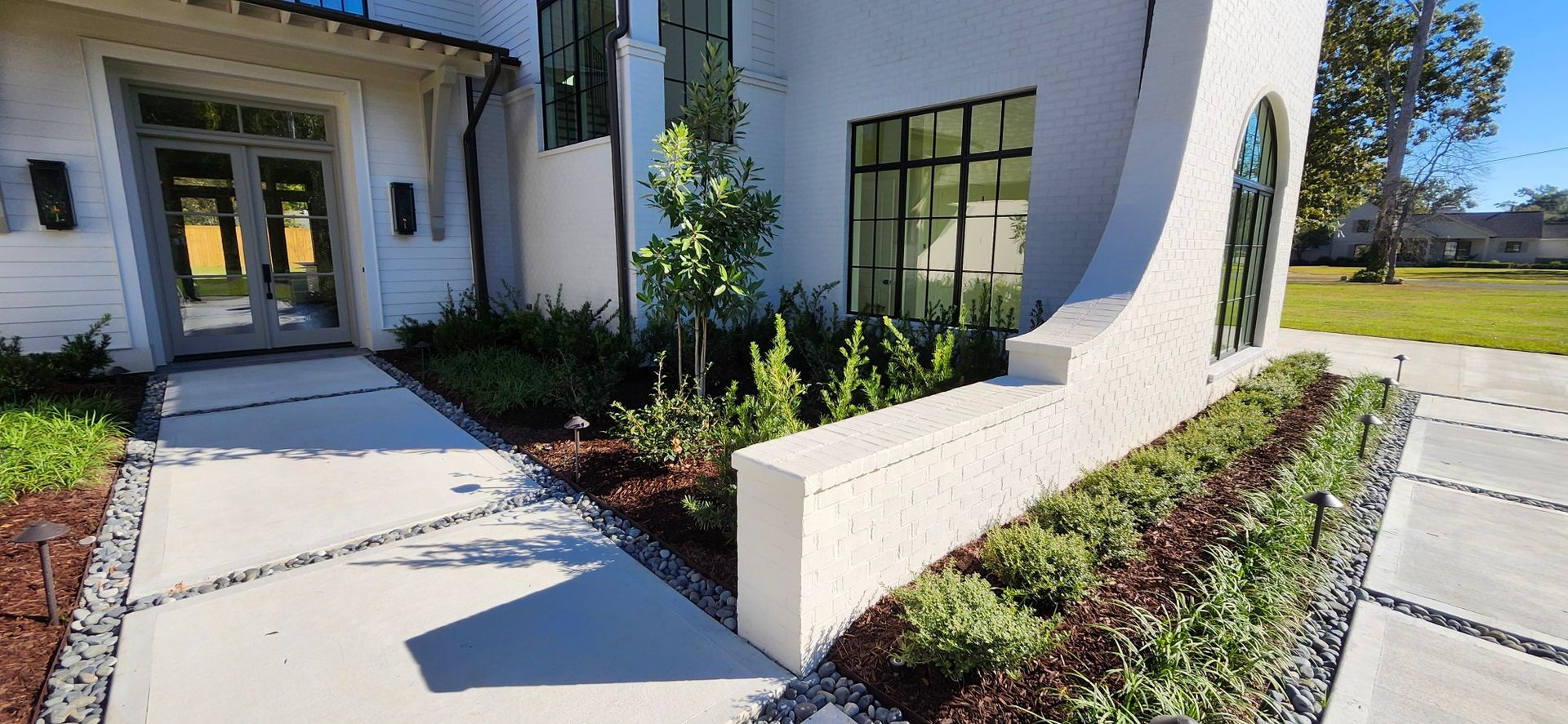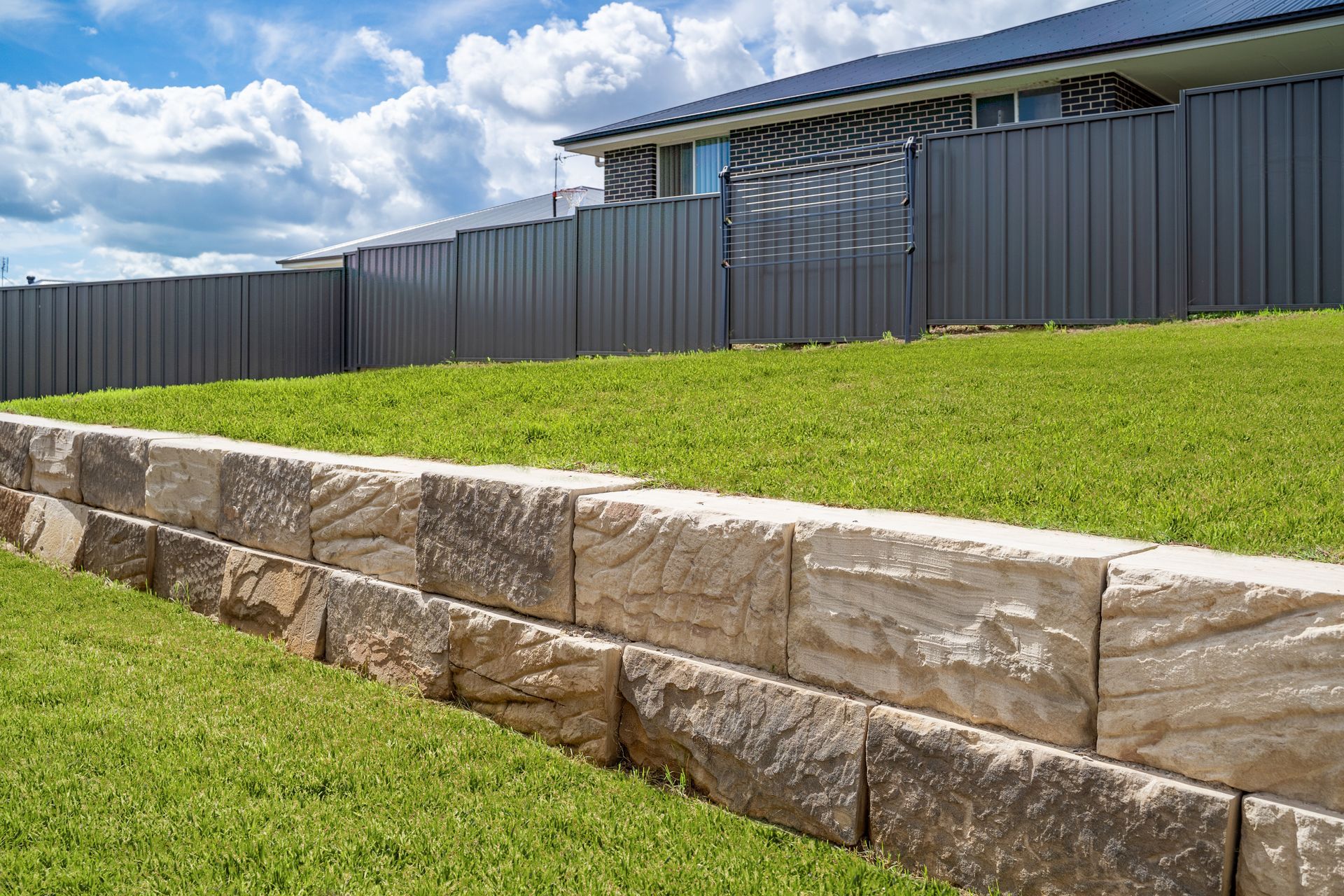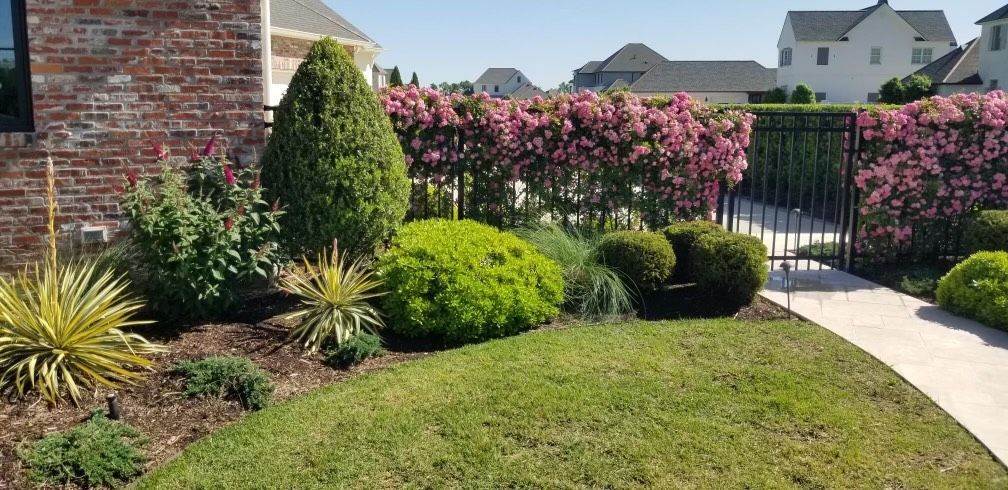Baton Rouge Lawns: Surviving the Scorching Heat and Dry Spells
The lack of rain in the Baton Rouge area has recently made it difficult to keep lawns healthy. The excessive heat also hasn’t helped and can further damage your grass and plants. Our lush, green landscapes are clearly under stress due to these record-breaking temperatures and drought-like conditions. However, until the skies open up and the temperatures calm down, there are a few things you can do to help your lawn and landscaping survive. Let’s take a closer look at some easy lawn care strategies that can battle the heat and dry conditions in Baton Rouge.
Water Your Lawn Wisely
To keep your grass healthy and green, it must receive water regularly. Water is essential for grass to survive; otherwise, it will begin to wilt and turn brown. Depending on the type of grass, soil composition, the environment, and the time of year, your lawn will require a different amount of water. Having a basic understanding of these major factors will not only help keep your lawn healthy during a drought but also keep your water bill down to help offset the increase in your power bill from keeping the a/cs in your house running to stay cool! Here are some tips on how to maintain your lawn properly and effectively:
Water Your Grass at the Right Times of the Day
Water your lawn during the early morning or late evening when the sun is not at its peak. This prevents rapid evaporation and ensures that the water reaches the roots. City water pressure has peaks and drops so that can also affect how much water you put out when your watering. 2-5 am and 9-11 pm is always a great time to maximize your watering. Also, putting watering on plants during the middle of the day can lead to scolding of the blades as the water droplets quickly heat up as well as act as magnifying glasses in refracting the sun's rays.
Deep Watering for Your Lawn
Rather than frequent shallow watering, opt for deep watering once a day if possible. Deep watering encourages roots to grow deeper into the soil where moisture levels are more stable. This also creates a reserve for a situation where you may forget to water or be unable to water for a day or two. Trees are a major source of water consumption so deep watering around trees becomes critical to ensure the grass is left with something to “drink” once the trees are done taking their share.
Mow Your Lawn at a Higher Level
In neighborhoods with HOA rules and restrictions, keep your grass mowed at about 2-3 inches taller than usual. Taller grass shades the soil, which reduces evaporation and keeps roots colder. In the more rural or non-regulated neighborhoods, don’t mow at all until it’s really in need of a good trim. If you have suffered dead spots here and there, let the grasses around the yard go to seed and that will help to naturally reseed those spots over time. In order to avoid tearing the drier grass blades, which might increase stress and long-term damage, make sure your mower's blades are sharp.
Limit Foot Traffic on Your Grass
Try to reduce walking or playing on stressed lawns. Even driving the mower or golf carts over drought-stressed lawns will damage the grass by compressing the blades and removing any remaining moisture they may have. Damaged grass can have a harder time recovering in extreme conditions and usually leads to lines in the yard that take a while to fill back in.
Do not Fertilize your lawn during extreme droughts or heat
During periods of drought and extreme temperatures, it is highly recommended you avoid fertilizing, even with liquid fertilizers as it will likely burn the grass more than help. Even extended-release fertilizers have a high risk of damaging turf. A lack of natural water and temperatures over 100 can lead to nitrogen burning quickly and will result in an area of grass that may take a year or more to fill back in naturally. This applies to any weed control type chemicals as well and we recommend reading the label carefully for temperature restrictions as only a few chemicals are labeled for use over 85 degrees F. The last thing anyone wants to see is all their good grass die off as well as weeds because the sun and temperatures cooked everything indiscriminately.
Watch for Lawn Pests and Diseases
Stressed-out lawns are more prone to disease and pest infestation. To stop future harm, keep an eye out for symptoms frequently and address them right away. Chinch bugs are the number one pest that will show itself in lawns during drought times. Indications will usually start off as small patches near a walkway or driveway and will quickly spread through the yard in a matter of days. Fire ants love the dry and the heat so they will also take advantage of the opportunity to spread and grow.
Aerate Your Lawn in Cooler Times
While aeration is the main way to aid in water penetration throughout the upper soil levels, performing it in extremely hot weather can put additional stress on the lawn by allowing the hot dry air a way to reach deeper into the soil to evaporate more water from the soil structure. This can lead to extremely detrimental results when done around the root base of a tree as the tree may run out of groundwater to utilize and completely die rather than go into an early forced dormancy. Aeration is essential for healthy lawns, especially with trees, but wait until the temperatures are consistently back into the 80s and we have regular rainfall to help close up the holes after the service is done.
Additional Lawn Care Tips for Dry Weather
- Use a soaker hose or drip irrigation system to water your lawn. This will help to prevent water from evaporating quickly.
- Mulch around your plants to help retain moisture in the soil.
- Remove weed big weed clumps from your lawn by hand or with a weeding tool, no chemical usage. Weeds compete with grass for water and nutrients.
- Wait to repair any damage to your lawn, such as bare spots or areas that have been compacted until cooler and rainier weather becomes the new seasonal normal.
With proper care, your lawn can survive the hot weather and dry spells in Baton Rouge. Having a professional mowing and landscaping company can really help. The experts at Kyle’s Lawn and Landscape understand the turf, trees, vegetation, green spaces, and climate in Baton Rouge. They are here to help keep your home or business’ landscaping and lawn fresh and healthy.





